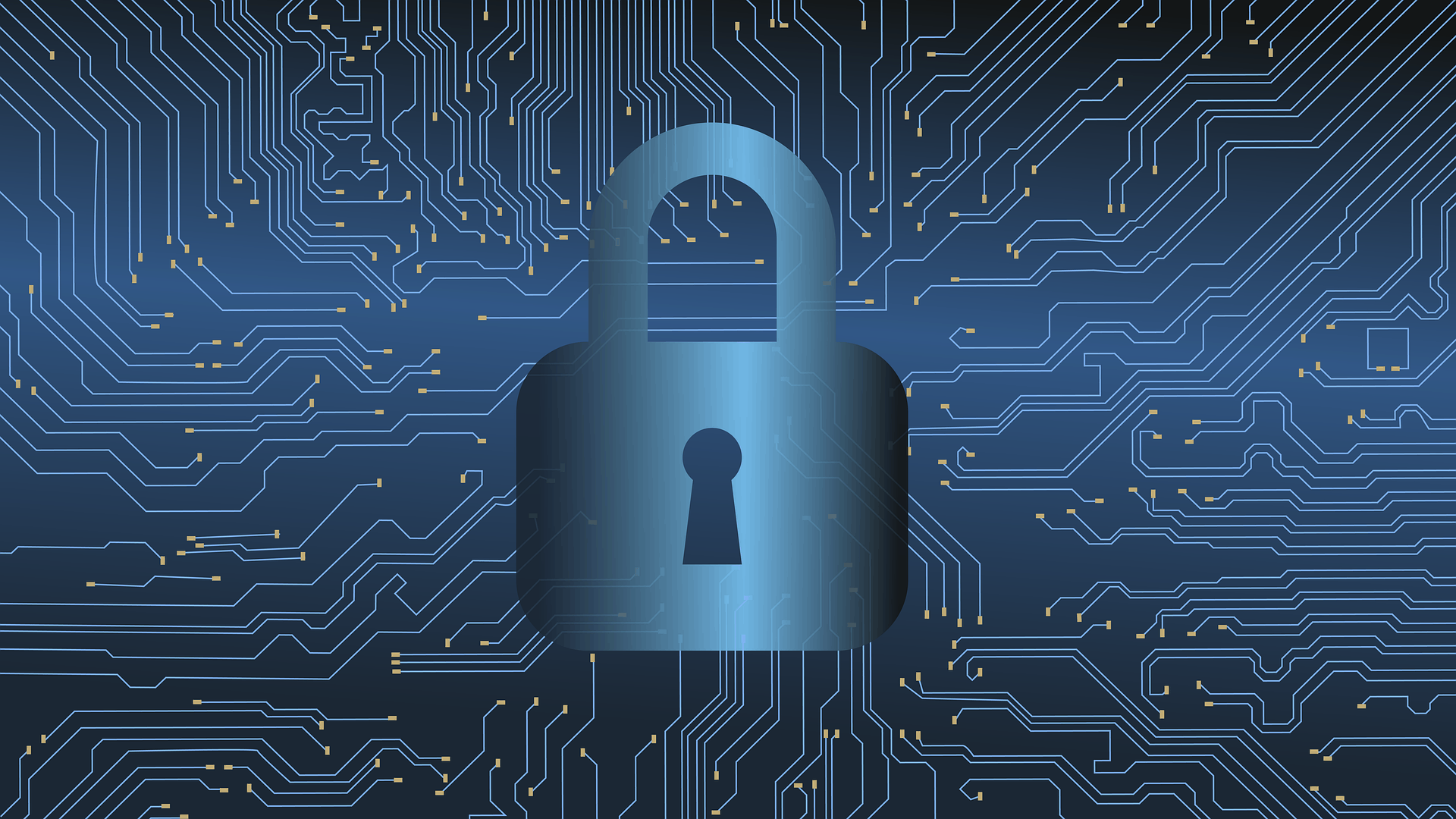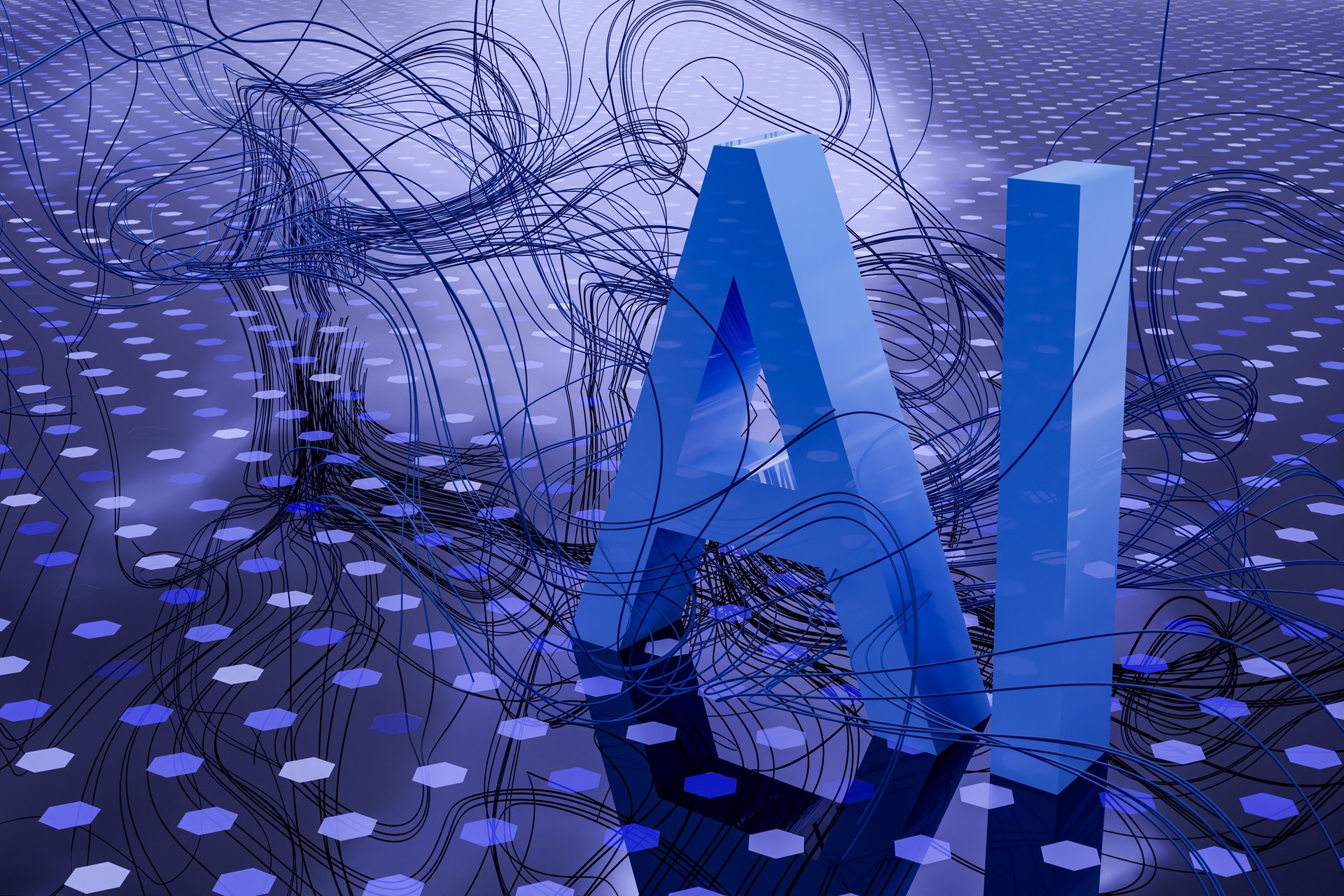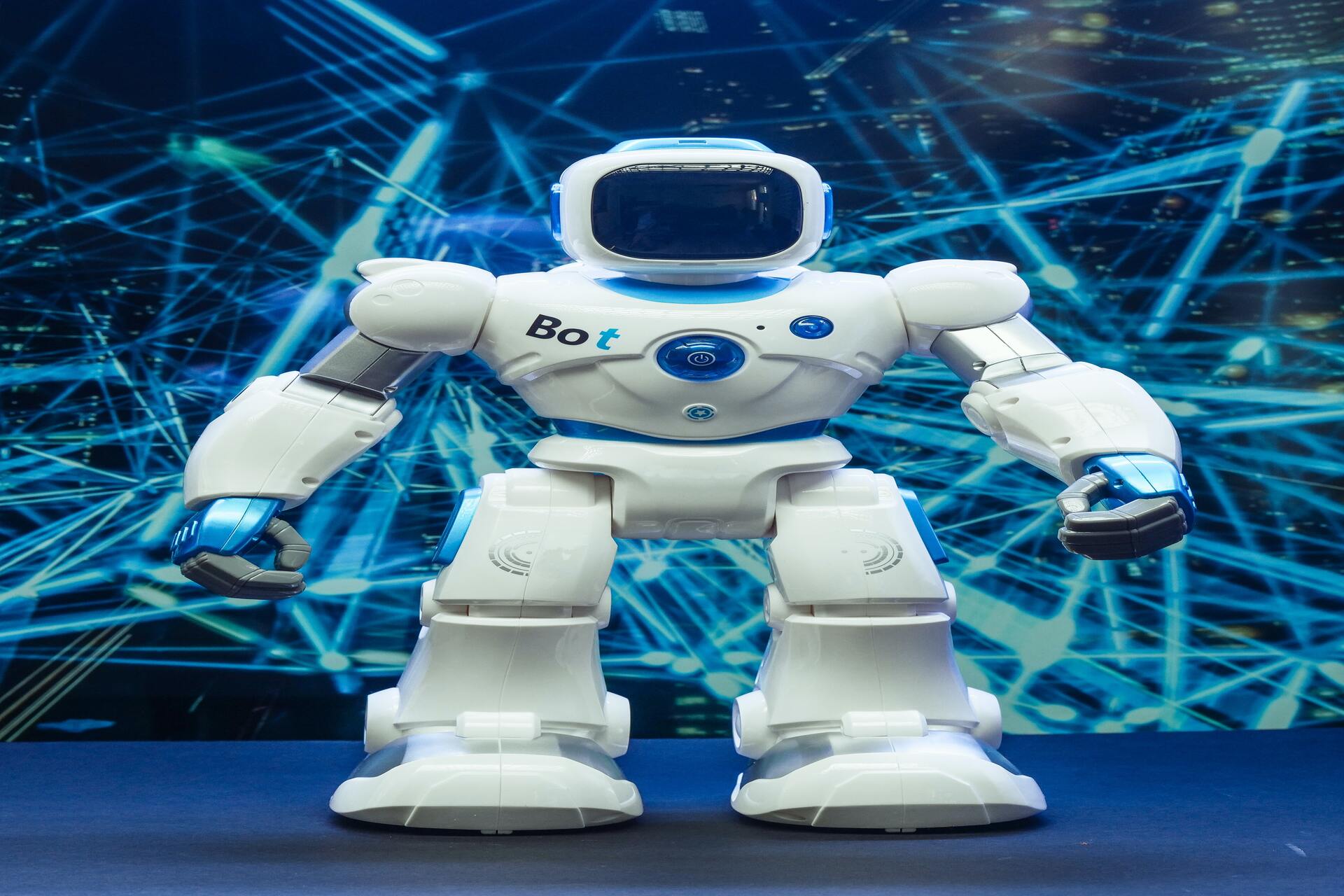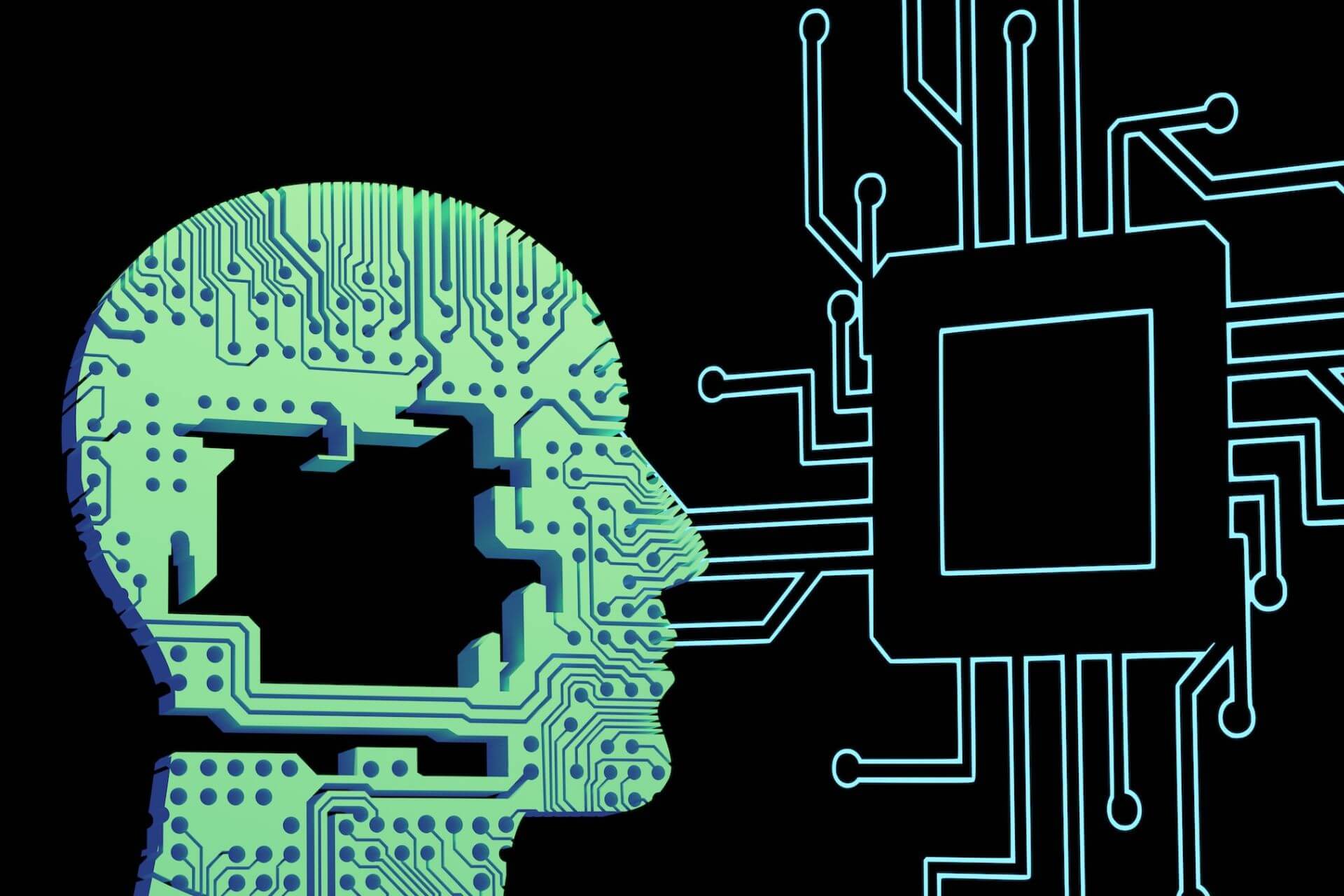
Why Do We Need to Understand the Impact of AI on Cybersecurity?
August 24, 2022 - Emily Newton
Revolutionized is reader-supported. When you buy through links on our site, we may earn an affiliate commision. Learn more here.
It’s difficult to think of an area of technology today that artificial intelligence (AI) hasn’t influenced. While it has abundant use cases across virtually all sectors, some AI applications are more promising than others. One of the most exciting and rapidly growing of these is AI cybersecurity.
As cybercrime rates continue to climb, IT security has moved to the forefront of everybody’s minds. The growing importance of cybersecurity makes it a natural target for AI, but their connection runs deeper than that. AI could revolutionize the entire cybersecurity industry.
Cybersecurity affects everyone, and AI is changing the way it works. Here’s a closer look at the growing impact of AI on cybersecurity and why we should understand it.
AI Cybersecurity Is Growing
If for nothing else, it’s important to understand AI’s impact on cybersecurity simply because of how fast it’s growing. Some basic AI cybersecurity features, like automatic spam filtering, have been standard for a while now. In the past few years, though, the adoption of more advanced solutions has skyrocketed.
Before 2019, roughly one in five cybersecurity organizations used AI, but now almost two out three are. This trend isn’t exclusive to industry insiders, either, as consumer demand for AI security is rising. In 2019, 69% of all organizations said they don’t think they’ll be able to respond to cyberattacks without AI.
This rapid growth isn’t likely to go away anytime soon, either. As cybercrime has risen, IT security departments face increasing demand with limited resources to match it. According to a 2020 survey, the global cybersecurity workforce needs to grow by 89% to defend against cyberthreats effectively, yet many organizations struggle to find new hires.
As this labor shortage continues amid rising cybercrime, AI has emerged as the ideal solution. Companies can use it to expand their cybersecurity without finding and training qualified professionals, which has proven challenging. As these trends continue, the demand for AI cybersecurity tools will only keep climbing upward.
Research from 2022 found 63% of companies had unfilled cybersecurity positions. Plus, 1 in 5 respondents reported it takes more than six months to find qualified candidates for those roles. Relatedly, 60% of those polled experienced difficulties retaining cybersecurity professionals. Of such workers who left their roles, 45% did so because of high work stress levels. Security solutions that work with AI won’t solve these issues, but it could ease their overall severity.
AI Has Already Improved Cybersecurity
Despite being a relatively new concept, AI cybersecurity has already led to impressive results. Of the organizations that have already implemented it, 64% say that it has lowered the cost of responding to a breach. These savings range between 1 and 15% for most companies, but some have experienced savings of more than 15%.
Similarly, AI leads to a 12% reduction in the time it takes to detect a breach in most companies. More than half of current users say it also detects these breaches more accurately than traditional methods. Keep in mind that these statistics come from 2019, too, so these results have likely improved as AI technology has advanced.
More specific use AI cybersecurity use cases have shown equally impressive returns. Google claims that its machine learning platform blocks more than 99.9% of spam, phishing and malware messages from reaching Gmail inboxes. After introducing TensorFlow, a more advanced machine learning model, it now blocks 100 million more spam messages daily.
When Danske Bank implemented AI-based fraud detection, it saw a 60% reduction in false positives. Similarly, true positives increased by 50% thanks to the machine learning system. AI has already made companies across multiple industries safer, and as the technology improves, it could do even more.
In another success story, the IT team at an African technology university stopped a cyberattack while testing a commercially available AI cybersecurity product. By that point, the tech solution had established what constituted normal behavior for the institution’s network. It could then flag unusual activity that occurred due to hackers’ attempts to install a pay-per-install type of malware. Since the AI detected the attack early, it prevented cybercriminals from stealing any critical research or student data.
AI Cybersecurity Can Help Even More
Today’s AI cybersecurity tools have accomplished a remarkable amount in a relatively short period. Still, companies have only scratched the surface of what this technology can do. Cybersecurity and AI experts believe that it could change the way businesses approach IT security altogether.
As computing applications grow increasingly complex, ensuring they have minimal vulnerabilities becomes a more pressing challenge. AI “coding partners” could advise less experienced developers about how their code would impact security. Whether a team is developing new software or preparing an update, these systems could look for vulnerabilities and recommend appropriate mitigation strategies.
Eventually, these programs could become so sophisticated that they could code independently. When AI notices a vulnerability, it could create and install a security patch autonomously, preventing breaches while saving developers time.
Many organizations already use AI to enable behavioral analysis-based cybersecurity. These systems can detect potential fraud or hacking through behavioral anomalies, but they’re far from perfect. With more advancement, they could become remarkable security tools. Machine learning systems could learn user behavior as granular as keystroke patterns, enabling more robust fraud detection.
One of the most persistent challenges in cybersecurity is that cybercriminals and their tools are constantly evolving. Machine learning tools could predict and detect these changes, automatically adapting security protocols in response.
AI Security Solutions as Ransomware Fighters
Ransomware is a particularly problematic type of cyberattack because of how debilitating it can be for the affected organizations. Such incidents often cause people to resort to pen-and-paper methods of doing business until cybersecurity professionals can isolate and address the issue.
The scope of such incidents can also cause ripple effects, too. Cybercriminals often orchestrate ransomware attacks on organizations that will likely have highly valuable information, such as credit card numbers or detailed personal records. Consider how an April 2022 ransomware attack on a health care services provider compromised the information of more than 942,000 people.
It’s also worrisome that cybersecurity experts have tracked growing incidences of ransomware. One 2022 study confirmed an 80% year-over-year increase in such attacks. The data also showed that the health care sector recorded a 650% jump since last year, while the restaurant and food service industries had a 450% increase.
AI won’t be an all-encompassing fix, but it could certainly help turn the trend in a more favorable direction. Microsoft has developed an AI-based solution that can recognize and halt ransomware attacks before they begin.
The technology works with three different AI-generated inputs and combines those to create a risk score. First, the AI gathers details about time-based and statistical analyses of organizational security alerts. It then aggregates suspicious device-based data on a graph. Finally, Microsoft’s tool checks for unusual device behavior. It correlates the information, then automatically blocks files or entities that exceed a certain confidence threshold.
Security Concerns Come With AI
AI in cybersecurity has a lot of potential for good, but it’s a double-edged sword. Just as AI can improve cybersecurity’s accuracy, efficiency and flexibility, it can do the same for cybercriminals. For example, AI-enhanced adaptive malware could detect companies’ security updates and adapt to slip past their defenses.
Another concerning AI application in cybercrime is deepfakes. Deepfakes use deep learning models to create highly realistic, convincing digital renderings of real people. Criminals could use these to get past biometric security or impersonate company leaders to fool employees. Roughly two-thirds of businesses saw an increase in impersonations in 2019, making this an increasingly relevant problem.
Many of the most relevant AI concerns right now come not from cybercriminals but from cybersecurity AI itself. These solutions, especially in their current form, are far from perfect, and they may seem more capable than they are. This could lead workers to become complacent, trusting too much in AI and leaving themselves vulnerable to attacks they could’ve avoided otherwise.
Machine learning models present another layer of complications, as they can easily become corrupted. If a hacker gains access to a data pool companies are using to train an ML model, they could mislead or corrupt data. This seemingly insignificant act could cause the model to misbehave or ignore some threats unbeknownst to its developers, creating vulnerabilities.
Safe AI Deployment Requires Care
AI can be one of cybersecurity teams’ most helpful tools and their most dangerous threat simultaneously. While it comes with some troubling risks, this doesn’t mean that it’s not worth the investment. Safe AI cybersecurity implementation is possible, but it takes caution and care.
Developers should enact strict access controls around their training data pools during programming machine learning solutions. Data cleansing must be a crucial part of any machine learning training to prevent corruption. Even after taking these steps, developers should routinely check their ML programs for flaws or abnormalities, ensuring they don’t learn anything counterproductive.
Companies using AI cybersecurity tools should understand that they’re not perfect. For example, a problem identified in broader use cases of AI is that the algorithms can become biased. Might that mean programming mistakes or other blunders make them fail to catch impending attacks? Possibly. That’s why these systems should complement other security solutions, not replace them. Human professionals should always have ultimate control over all systems to spot and fix any mistakes that AI might make.
As AI-based attacks start to emerge, AI may prove to be the best defense. Companies should embrace these tools but start their investments small and continually monitor their performance. Choosing metrics to track is a good starting point. Most technology implementations don’t perform perfectly at first, but they can improve with tweaks. Like any technology, these will grow more reliable over time, but users should understand and watch for their shortcomings in the meantime.
AI Is the Future of Cybersecurity
AI’s impact on cybersecurity, in one way or the other, is inevitable. Whether it’s in the hands of hackers or cybersecurity professionals, this technology will shape IT security in the future. Embracing AI-based security products and getting a handle on them now can help companies ensure it will do so for the better and not for the worse.
While it comes with its fair share of risks, AI cybersecurity is too valuable for companies to ignore. Even if decision-makers are not ready to invest in such products now, they should at least keep an eye on marketplace developments and new service providers. With proper development and implementation, AI tools can make security systems faster, cheaper, more versatile and more effective. The technology may still be new, but it’s already changing the way people approach cybersecurity. Professionals working in the industry should expect more of the same for the foreseeable future.
Editor’s note: This article was originally published on June 10, 2021 and was updated August 24, 2022 to provide readers with more updated information.
Revolutionized is reader-supported. When you buy through links on our site, we may earn an affiliate commision. Learn more here.
Author
Emily Newton
Emily Newton is a technology and industrial journalist and the Editor in Chief of Revolutionized. She manages the sites publishing schedule, SEO optimization and content strategy. Emily enjoys writing and researching articles about how technology is changing every industry. When she isn't working, Emily enjoys playing video games or curling up with a good book.




